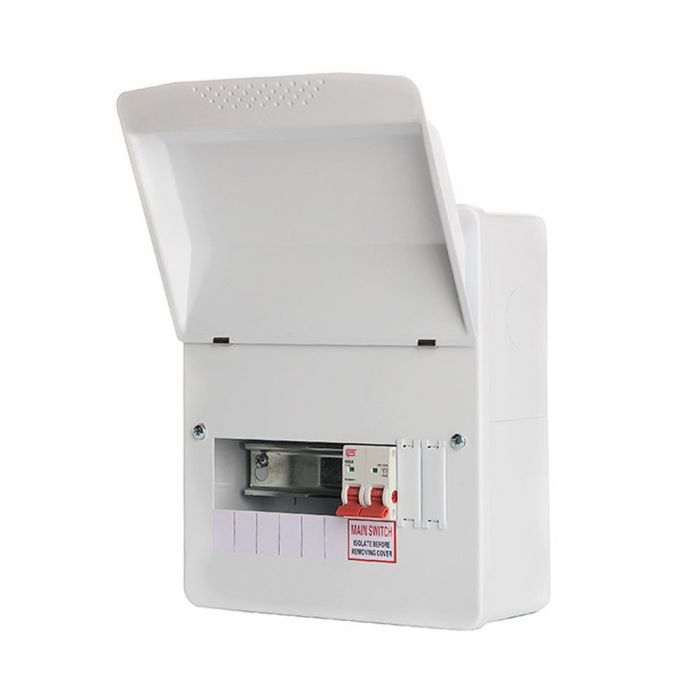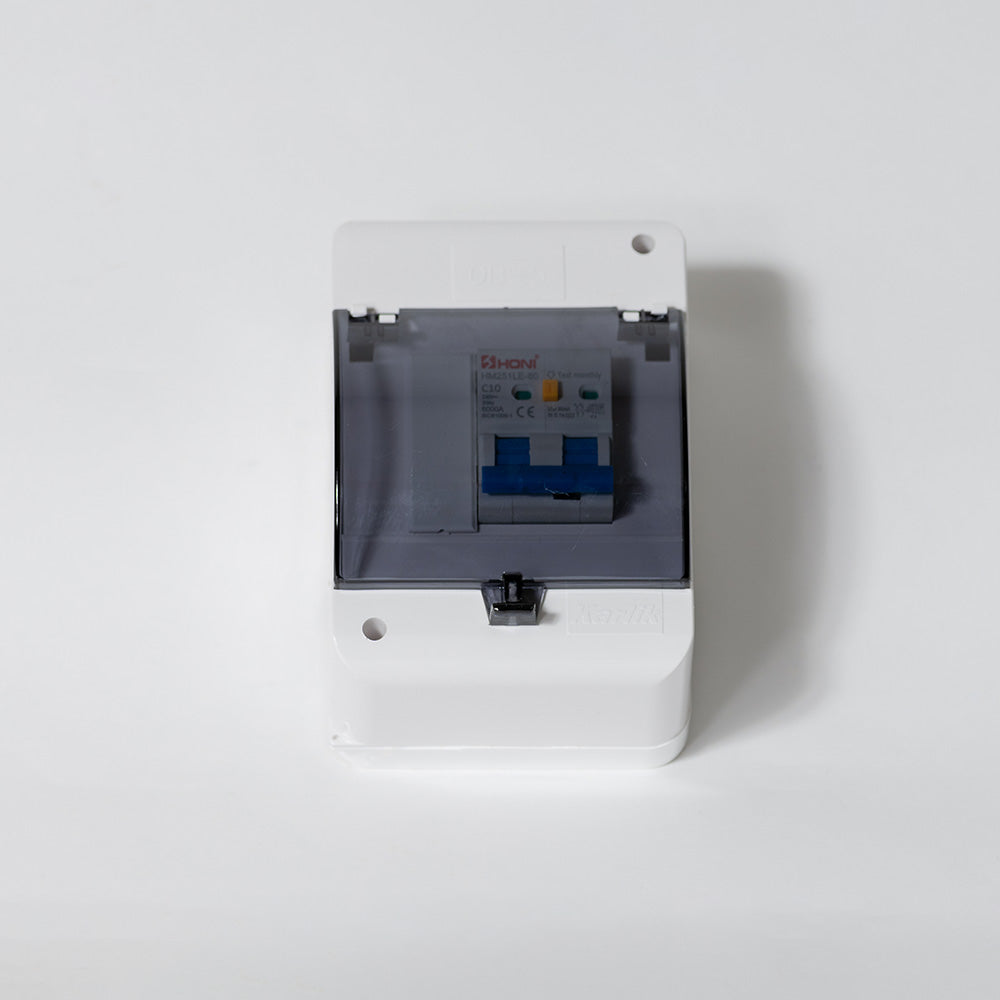The Role of Consumer Systems in Efficient Energy Management Systems
Customer devices are indispensable to effective energy monitoring systems, offering as the primary distribution factors for electrical power within structures. The advent of wise innovations has actually better enhanced their performance, enabling for real-time information surveillance and nuanced power usage evaluation.
Recognizing Consumer Units

Recognizing the function of customer systems starts with identifying their important function in securing electrical systems. By isolating faults within details circuits, consumer units stop extensive outages and prospective fire hazards. This seclusion is achieved through making use of breaker that trip or integrates that strike when a fault is detected, thereby removing the electric circulation to the influenced circuit.
Moreover, consumer units facilitate the organized circulation of power, enhancing the effectiveness of power usage. They enable for the methodical management of electrical loads, which can be especially important in business and commercial setups where need can rise and fall substantially. Properly kept consumer systems add to the longevity of electrical systems and assist in reducing downtime triggered by electrical failures, ultimately supporting the smooth procedure of energy-dependent facilities.
Smart Technologies Combination

A vital advantage of smart consumer units is their ability to leverage advanced formulas and artificial intelligence for predictive analytics. This allows for preemptive modifications based on usage patterns, climate projections, and various other variables, substantially enhancing general performance. Furthermore, smart consumer systems help with need feedback programs, where power usage can be dynamically adjusted throughout height durations to maintain the grid and minimize prices.
The combination of renewable resource sources, such as solar and wind, is also streamlined via smart consumer units. By intelligently taking care of the intermittency of these sources, these systems ensure a reliable and well balanced energy supply. Additionally, clever customer units enhance customer engagement by supplying detailed insights and remote control capacities with mobile applications, cultivating a more proactive method to power preservation and sustainability.
Monitoring Energy Intake
Building on the capacities of clever technologies combination, checking energy usage ends up being a crucial focus within energy administration systems. By leveraging sophisticated metering facilities (AMI), real-time information on energy use can be gathered at granular levels, supplying important insights into intake patterns and peak need durations.
Smart try these out meters and Web of Points (IoT) devices play an essential role in this tracking procedure. These devices can track power use in real-time, transferring data to centralized systems for evaluation.
The integration of these modern technologies not only encourages customers with detailed information regarding their energy usage but additionally sustains energy suppliers in handling lots circulation better. Ultimately, exact and constant monitoring is crucial for attaining energy effectiveness, price financial savings, and sustainability goals within power management systems.
Optimizing Appliance Usage

One effective method includes recognizing height and off-peak hours to move energy-intensive activities, such as laundry or dishwashing, to times when energy need is reduced. This not only lessens stress on the grid yet likewise profits from reduced energy tariffs. Furthermore, incorporating artificial intelligence algorithms permits predictive maintenance, ensuring appliances operate at ideal performance and extending their lifespan.
Power monitoring systems can additionally incorporate user-specific choices and actions to customize device use routines. Smart lights systems can change illumination based on tenancy and all-natural light accessibility, while A/c systems can maintain comfort levels without extreme power usage.
Supporting Sustainability
Advertising sustainability within power management systems involves not just improving performance however also cultivating ecologically accountable methods. Consumer units are click to read more essential to this procedure, as they give real-time information and control systems that make it possible for customers to check and lower their energy usage. By leveraging sophisticated modern technologies, customer systems can determine energy-saving possibilities and promote the assimilation of renewable energy sources like solar and wind power.
One crucial element of promoting sustainability is enlightening consumers on the advantages of responsible power usage. With thorough understandings provided by customer systems, individuals can make informed choices that reduce their carbon impact. For example, these units can suggest optimal times for operating high-energy appliances based upon grid need and renewable resource availability, therefore decreasing dependence on nonrenewable fuel sources.
Additionally, consumer devices support the adoption of clever grid technologies, which enhance the overall performance and dependability of power circulation. By enabling two-way communication between consumers and utility suppliers, these systems can dynamically adapt to energy demands, lowering waste and advertising the use of sustainable energy practices.
Conclusion
Consumer units, as indispensable components of energy administration systems, substantially enhance electrical safety and effectiveness within buildings through circuit security and clever modern technology integration. Real-time data monitoring and analysis useful content promoted by these systems optimize energy usage and appliance usage. In addition, the consolidation of eco-friendly power sources promotes lasting techniques, adding to decreased general power usage and lower carbon footprints. As a result, customer units play an essential function beforehand both energy efficiency and environmental sustainability.
Advances in clever innovations have reinvented the capabilities of energy management systems, specifically through the assimilation of wise customer units.Building on the capacities of smart innovations integration, keeping an eye on power intake becomes an important focus within power management systems.Effective home appliance use optimization is an essential part of energy administration systems, aiming to improve efficiency and minimize unneeded power intake.Customer systems, as essential components of energy monitoring systems, dramatically boost electric safety and security and performance within buildings through circuit protection and clever modern technology combination. Additionally, the unification of sustainable power sources advertises lasting methods, adding to decreased total power intake and lower carbon footprints.